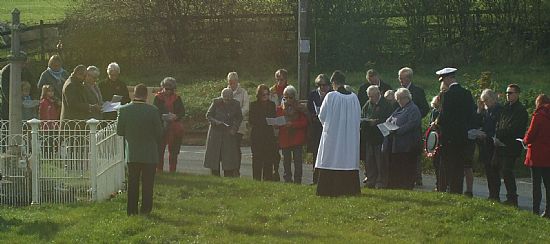Denys Keppel Garnier
Captain, The Gloucestershire Regiment
(1890 - 1916)
Denys Keppel Garnier was born on July 8 1890, in Winstanley, Lancashire, to Caroline Henrietta Sneyd, age 26, and Estate Agent Russell Montagu Garnier (youngest son of the Dean of Lincoln and the daughter of the 4th Earl of Albemarle), age 36. He had a brother Geoffrey who was one year older.
Two years later in 1892 his father became Land Agent for Lord Lilford, and they moved into The Rectory in Pilton, Northamptonshire.
Denys was educated away from home, firstly at private boys boarding school Cordwalles School in Maidenhead in Berkshire(1901 Census).
His father died in 1904 when he was 13, but the family remained in The Rectory.
From 1904 to 1909 he was at Charterhouse School in Godalming in Surrey, but he would still come home to Pilton in the holidays.
By 1911, aged 20, he was an Oxford Undergraduate at University College; he and his mother are on the 1911 Census with three servants at The Rectory.
On July 10th 1911 he received a Territorial Force Commission as a Second Lieutenant in the Unattached List.
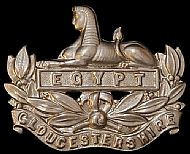
On 7th August 1912 he was appointed to a Regular Commission as a Second Lieutenant in the Gloucestershire Regiment backdated to 19th September 1911. He was posted for duty with the 2nd Battalion Gloucestershire Regiment. On 18th June 1913 he was promoted to the rank of Lieutenant.
In 1913 his mother Caroline moved the family home away from Pilton to Chawton Cottage, Chawton, nr. Alton, Hampshire.
On 28 July 1914, at the outbreak of war, the 2nd Battalion had been serving in Tientsin, North China since 1913, and was ordered to return to the UK. On 8 Nov 1914, the Battalion arrived back in the UK. The Battalion joined the 81st Infantry Brigade, 27th Division, at Magdalen Camp, Winchester, to complete work-up training for active service.
On 23rd Dec 1914, they arrived in France at Le Havre. In January 1915 the Battalion moved initially to Aire before taking over trenches in the Dickebusch Sector near Ypres in Flanders, Belgium. The Battalion saw active service near Ypres in the St Eloi area in March 1915 and in the Frezenburg area in May 1915.
On 24th September 1915 Denys was promoted to the temporary rank of Captain to command a Company. Then in October 1915 he was Gazetted Captain (London Gazette). In September 1915 the Division moved to under command of XII Corps, Third Army, in the south of the Somme sector in the area of Chuignes and Fontaine les Cappy in France.
In November 1915 the Division was warned to make ready for service in Salonika, Greece, and on 28th November the Division departed Marseilles for Salonika. The 2nd Battalion disembarked at Salonika Harbour on 12th December and marched to Lembet Camp where the Division was placed initially in the British Salonika Force Reserve and, in January 1916, to XVI Corps.
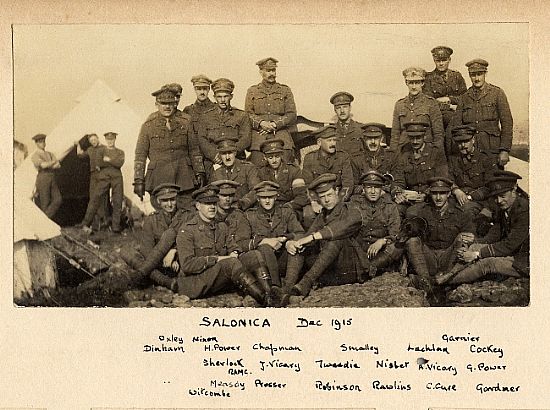
Here the war was against the Bulgarians. On 21st January 1916 the unit went into the front line near Gomonic and remained there until late June when the Corps took over the River Struma front and the unit was engaged in minor actions and skirmishes with Bulgarian Army units. On 26 September 1916 XVI Corps was tasked to strike across the River Struma in the direction of Seres, capturing the villages of Karajakoi Bala and Karajakoi Zir on the east bank of the river. During the night of 29th Sep the Btn crossed the Struma and eventually took its objective of Bala. The Btn was engaged in further operations in the River Struma area and in early Nov 1916 was transferred under command of 82nd Brigade, 27th Division.
On 6th Dec 1916 The Brigade was ordered to resume its attacks on Tumbitza Farm on the Struma front, and at 11am an intense bombardment was delivered in this area in preparation for the infantry attack, from Rabbit Wood, to be carried out by 10th Bn Cameron Highlanders and 2nd Bn DCLI, with the Battalion in support. At 11.30am the Highlanders attacked positions on the left bank of Tumbitza Stream but were driven back by overwhelming rifle and machine gun fire and withdrawn from the attack. During this time the Battalion was unable to leave the wood at all; such was the weight of fire directed against them. All day the machine guns kept the Battalion and the Light Infantry pinned down until the Gloucesters commanding officer, Lt Col K M Davie requested an artillery barrage as a prelude to the next attack. This began at 4pm and it appeared that the machine guns had been silenced but as soon as any movement was seen in the wood they opened up again making it impossible to advance. It was decided to attack again the next morning, the 7th Dec, and the battalion spent an uncomfortable night in the open as they were under sustained machine gun and rifle fire right up until midnight. At 6.45am the artillery began firing in support of the new attack and although the Battalion was able to cross the Tumbitza Stream they were soon pinned down and were unable to move without drawing heavy fire. They were finally pulled back at 6.30pm and withdrew to Pheasant Wood. It was during these actions that Capt Garnier, 2Lt P H Nixon and 3 other officers were wounded and 33 other ranks killed or missing and 76 wounded.
Captain Denys Keppel Garnier died of wounds later on the 7th December 1916 at a Casualty Clearing Station at Struma and he is buried in Struma Military Cemetery, Plot V.J.5. His death was reported in The Times published on 12th January 1917.
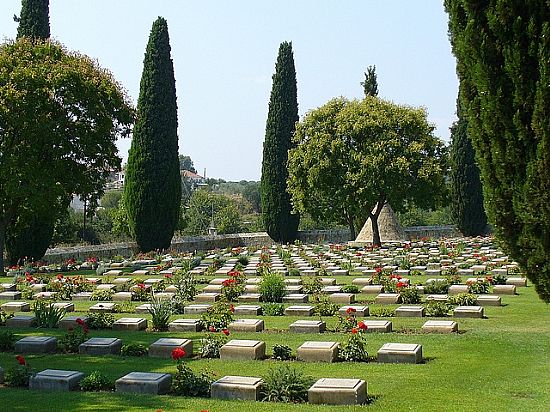
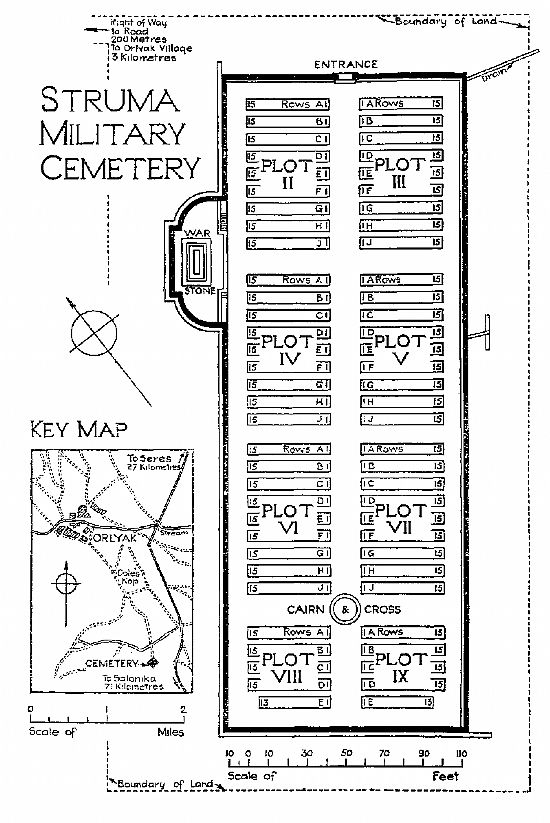
He was awarded the British War and Victory Medals, and the 1914-15 Star.
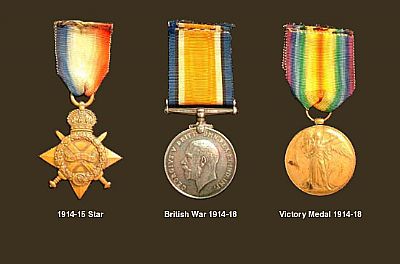
Memorials to Denys are to be found in St Nicholas Church, Chawton, and in the village, of Chawton in Hampshire.
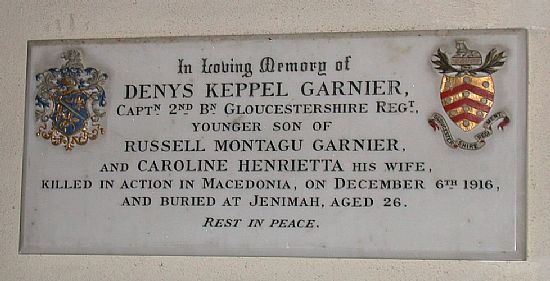
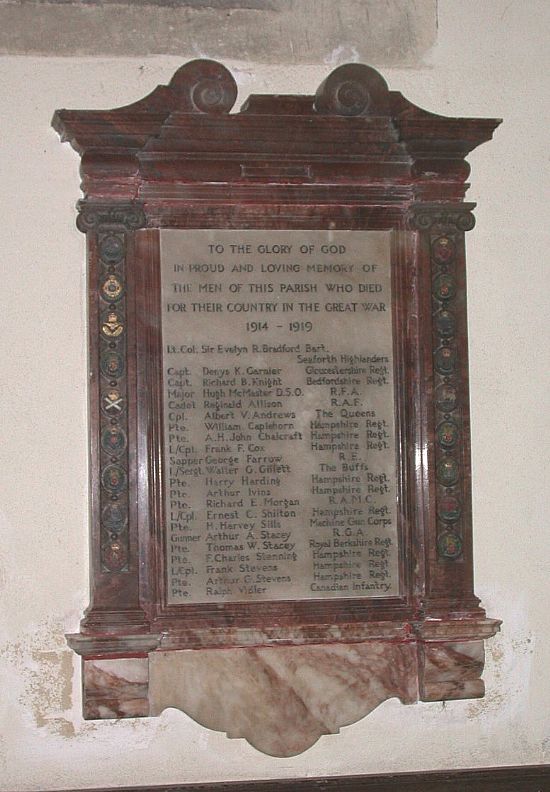
His name is read out at the Parish Service on Remembrance Sunday at Wadenhoe War Memorial, in memory of his childhood in Pilton.
